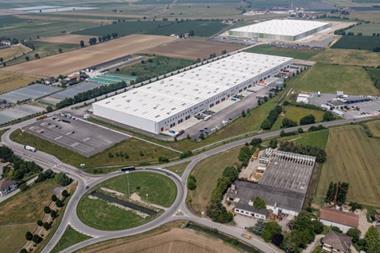SWITZERLAND - Swiss pension funds must ditch their low-risk expectations as "unrealistic" in the face of rising interest rates and ineffective exposure to real estate, according to a report published today by Credit Suisse.
Around 80% of the 200 Swiss pension schemes polled by the bank identified interest rates as their primary concern.
Yet despite a decline in the value of pension funds' bond allocations - which on average make up 35% of overall portfolios - redemption and reinvestment mitigate the loss in market value, and a reduction in the current value of pension obligations is likely to result in a positive impact on their funding ratios.
The report said: "The more steeply interest rates rise, the stronger the value of an average pension fund bond portfolio increases in the long run."
Almost half of Swiss pension funds surveyed had allocated out of bonds into other asset classes, notably real estate.
Yet the report claimed largely directly held real estate allocations were often inadequately diversified.
More than half the pension funds surveyed own fewer than 10 properties, despite an average property allocation of 16.5% - almost the highest proportion of any country.
"Pension funds could make good their lack of diversification in directly held real estate by investing in real estate investment trusts, funds or equities," the report said.
But it added that the least diversified portfolios were held by pension funds with at best small indirect real estate investments.
On the future structure of pension schemes, the report noted the "remarkably positive" response among Swiss pension schemes to government reforms mooted in 2010 with the aim of bolstering the second pillar.
Although critical of a new proposed supervisory structure on the basis that it would increase administrative costs, the report said pension funds hoped the new system would address "the creeping redistribution from active members to pensioners".
The Swiss pension system's redistribution to pensioners totalled around CHF3.5bn (€2.9bn) in 2010, the result of either overly generous conversion rates or because pensions attract a higher rate of interest over the long term than active members' retirement assets - amounting to a 1.5% difference in 2010.
"The problematic aspect of this process is that, if there are no corresponding adjustments to the relevant actuarial parameters, this redistribution will happen year after year," the report said.












